AI Integration for Solo Creator Apps

🐞 Challenge
Solo creators—such as independent Etsy sellers, Canva brand designers, and Medium writers—often juggle multiple platforms, causing context-switching fatigue and overlooked accessibility/SEO best practices.
🔧 Solution
Designed and tested AI “copilot” experiences across Etsy, Canva, and Medium that provide explainable, editable, and ethical assistance for pricing, branding, and writing tasks.
🙋♀️ Contributions
- Led end-to-end user research and workflow analysis with solo creators.
- Mapped pain points and AI opportunities across Etsy, Canva, and Medium.
- Designed hi-fi Figma prototypes for an AI copilot (pricing, branding, writing, accessibility, ethics).
- Ran Wizard-of-Oz prototyping and usability testing with 6 creators.
- Synthesized quant + qual feedback to refine AI flows and explainability.



⚙️ Design Process
- Research: Baseline interviews, workflow analysis, accessibility standards review.
- Validation: Affinity mapping, thematic analysis, “How Might We” framing.
- Concepts: Ideation, risk mapping.
- Creation: Storyboarding, prototyping.
- Refinement: Usability testing, iterative improvement, accessibility/ethics evaluation.
Baseline Interviews & Think-Aloud Studies
Conducted sessions with 6 solo creators (Etsy sellers, designers, writers) to observe real-world tasks and gather firsthand feedback.
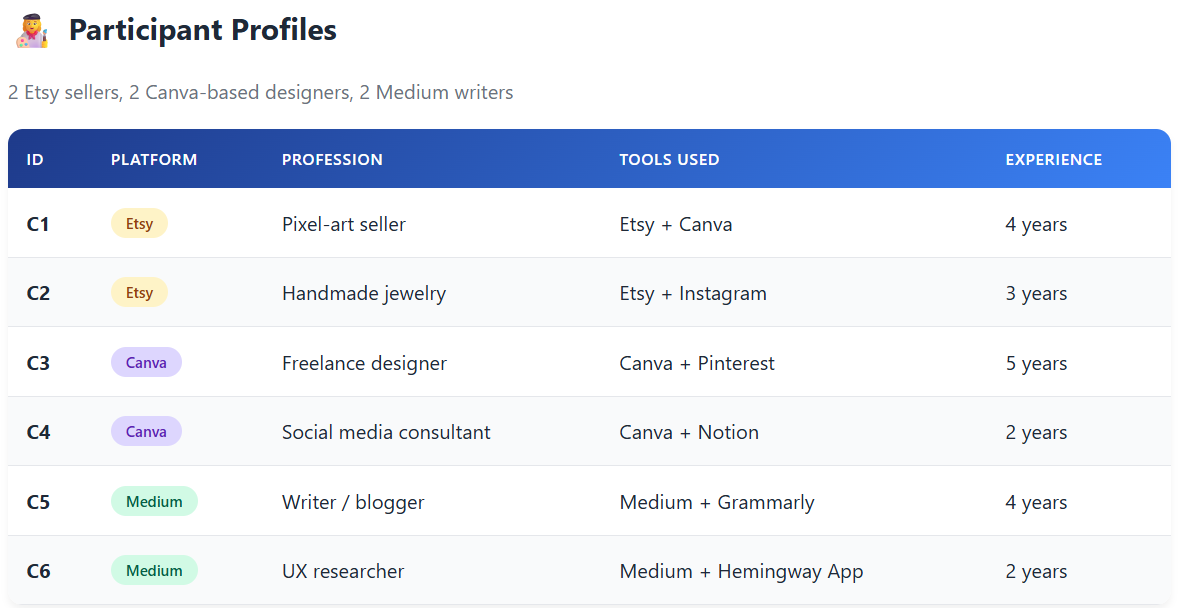
Tasks Observed
- Etsy: Create a product listing (title, SEO tags, pricing, alt-text)
- Canva: Design an Instagram post + story using consistent brand kit
- Medium: Draft a short article with accessible reading level and image alt-text






Workflow Analysis
Mapped out end-to-end processes for product listing, branding, and writing, identifying where context-switching and manual effort were highest.
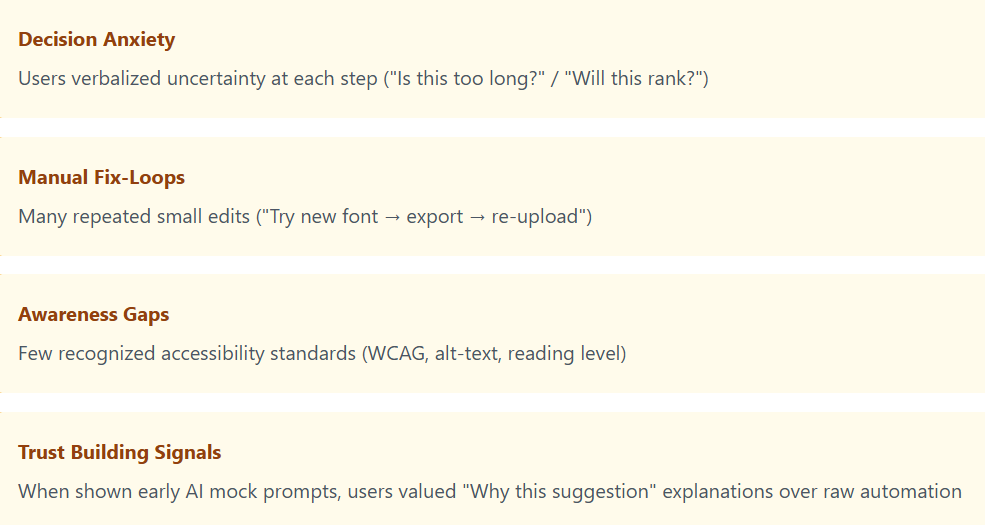
Accessibility & SEO Standards Review
Audited current practices for alt text, color contrast, reading level, and SEO tagging to pinpoint where best practices were being missed.
Affinity Mapping
Clustered pains into themes: context-switching fatigue, accessibility gaps, uncertainty, AI explainability, and ethics.
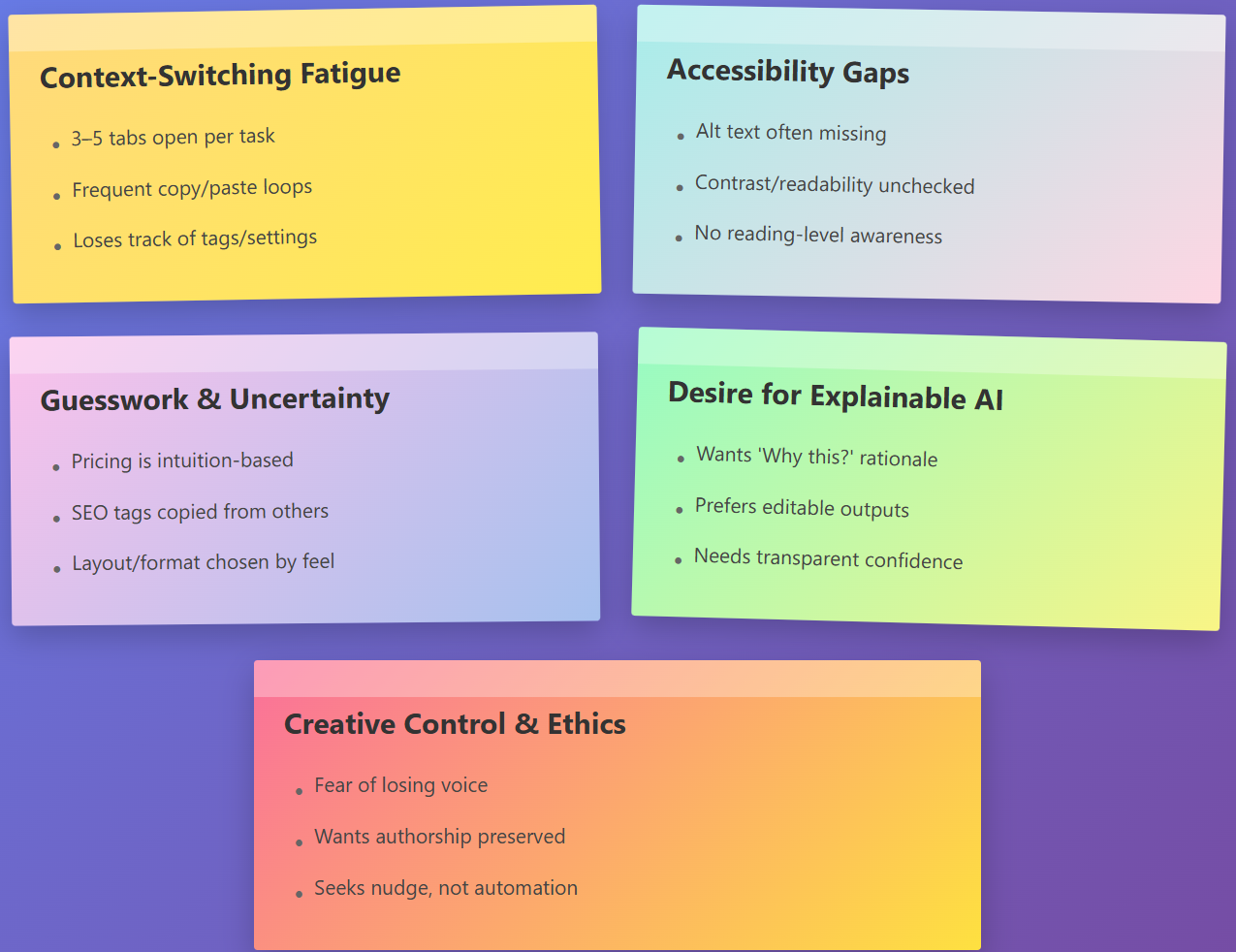
Thematic Analysis
Extracted insights from qualitative data, surfacing recurring challenges and opportunities for improvement across Etsy, Canva, and Medium.

HMW Framing
- How might we speed tasks without overriding voice?
- How might we make AI suggestions transparent and editable?
- How might we build in accessibility & SEO without extra effort?
Ideation
Explored pricing wizards, brand kits, and writing assist flows with “why this” explanations.
Risk Mapping
Mapped risks to mitigations.

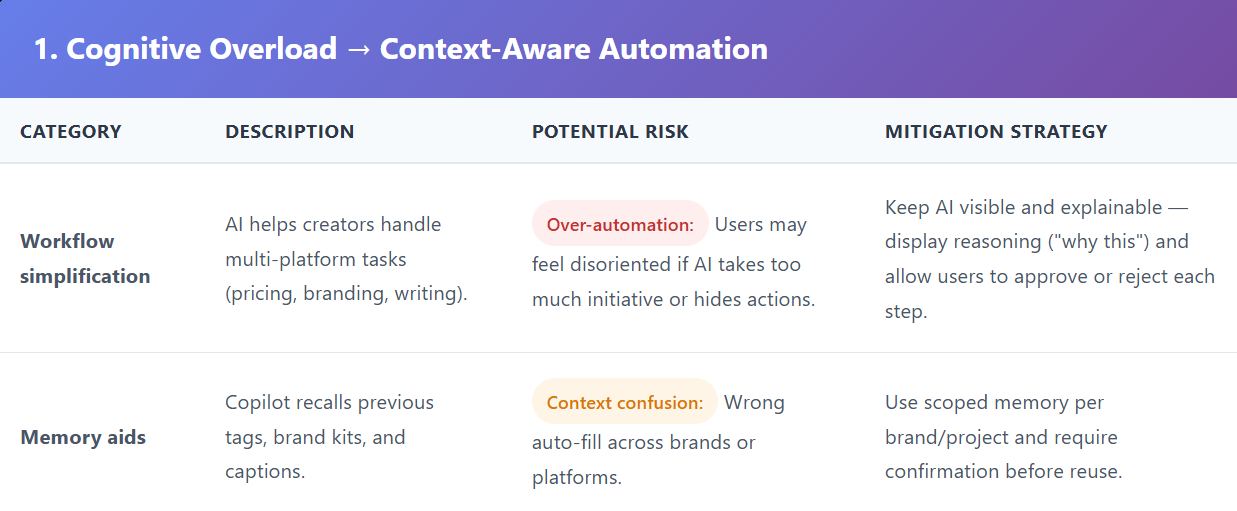
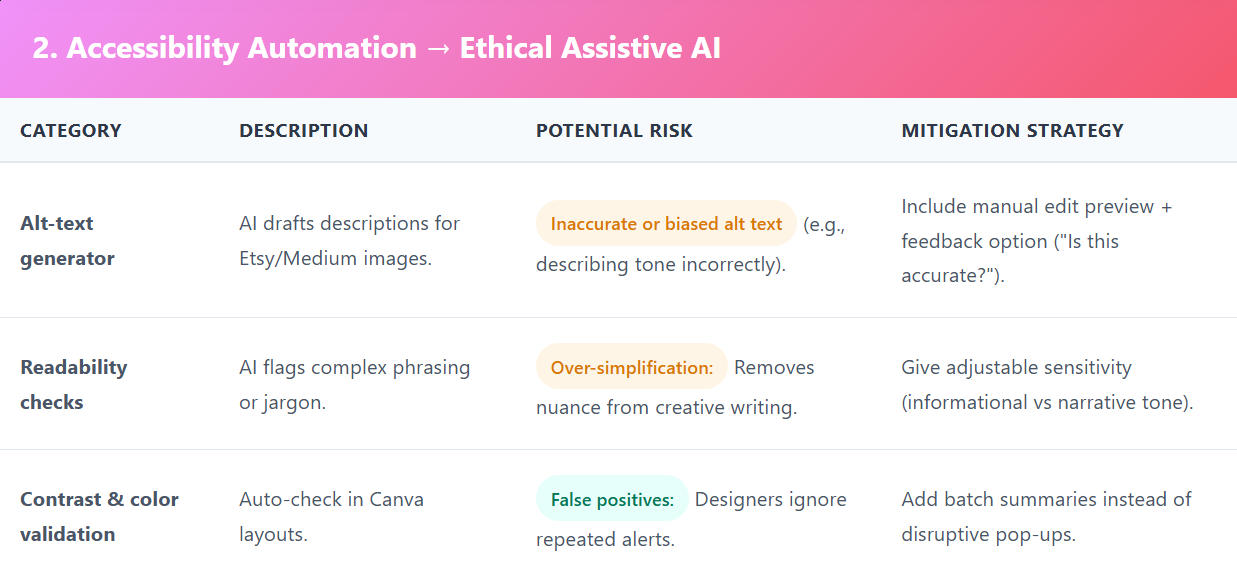
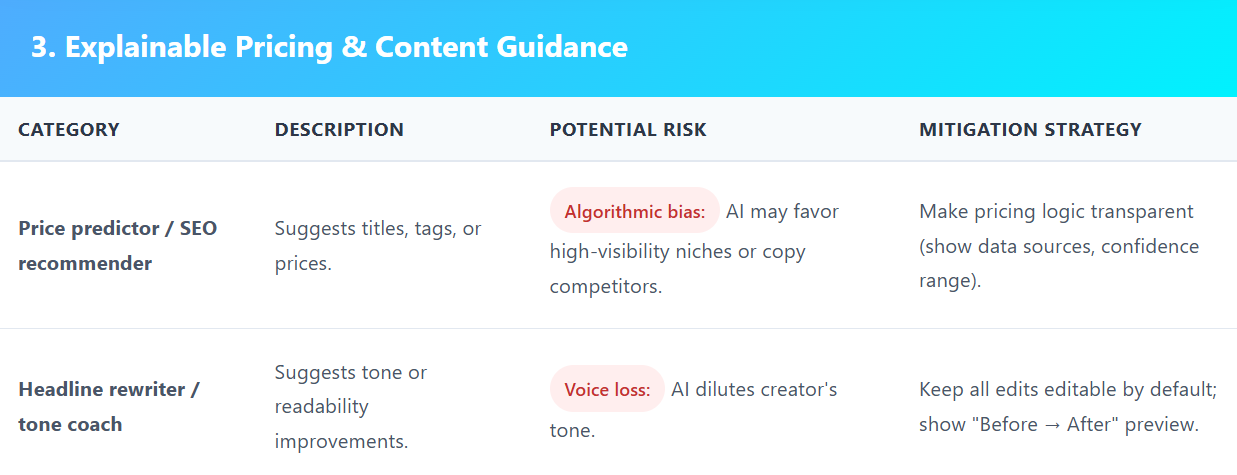
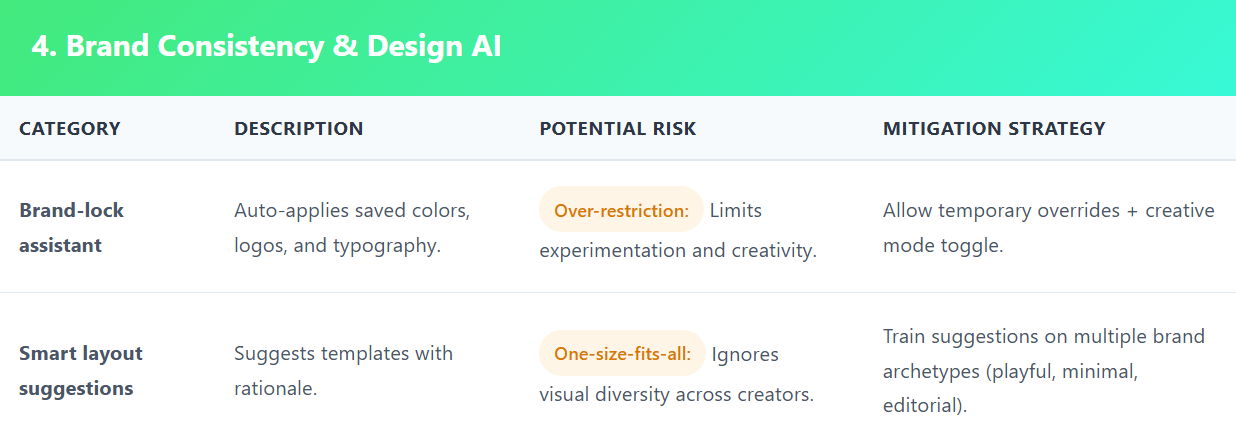
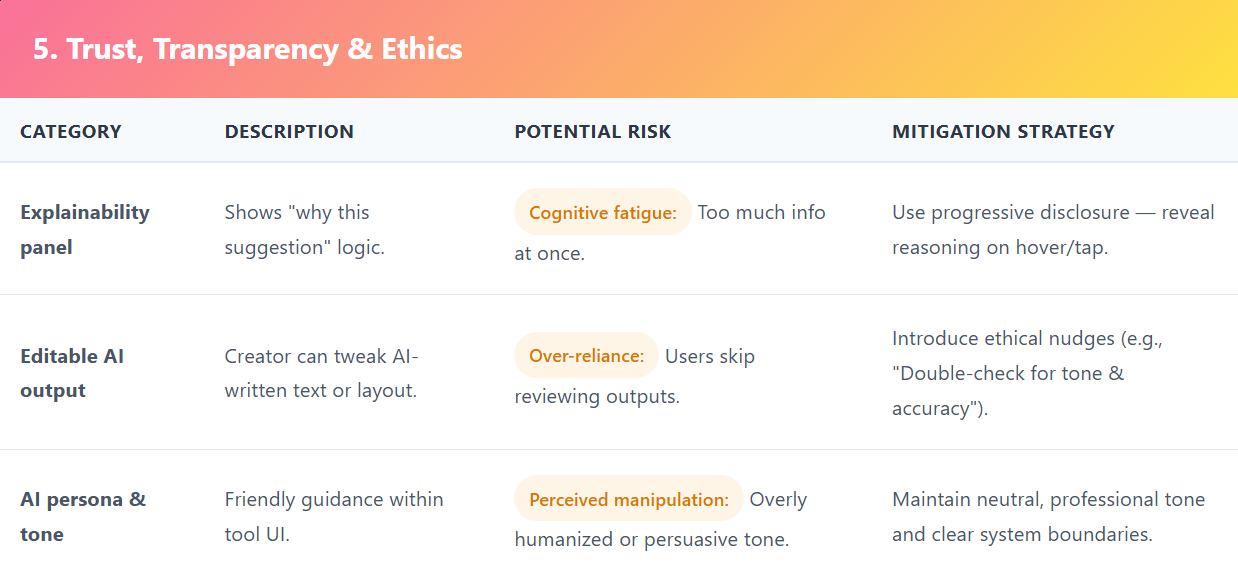

Storyboards
Mapped prompt → assist → publish journeys and highlighted decision points.
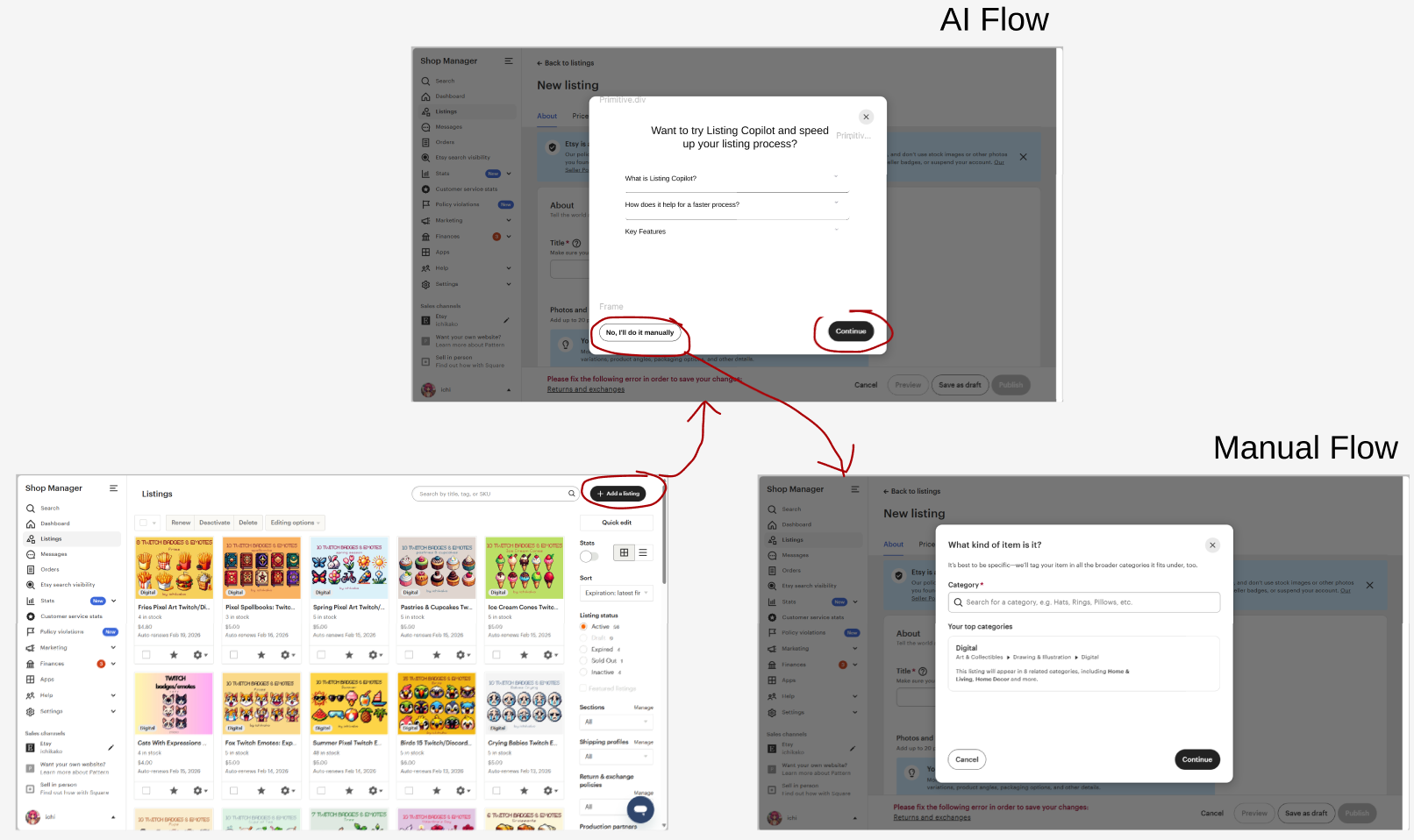


Hi-Fi Prototypes
Built explainability panels, accessibility checks, and editable output chips across 3 platforms.

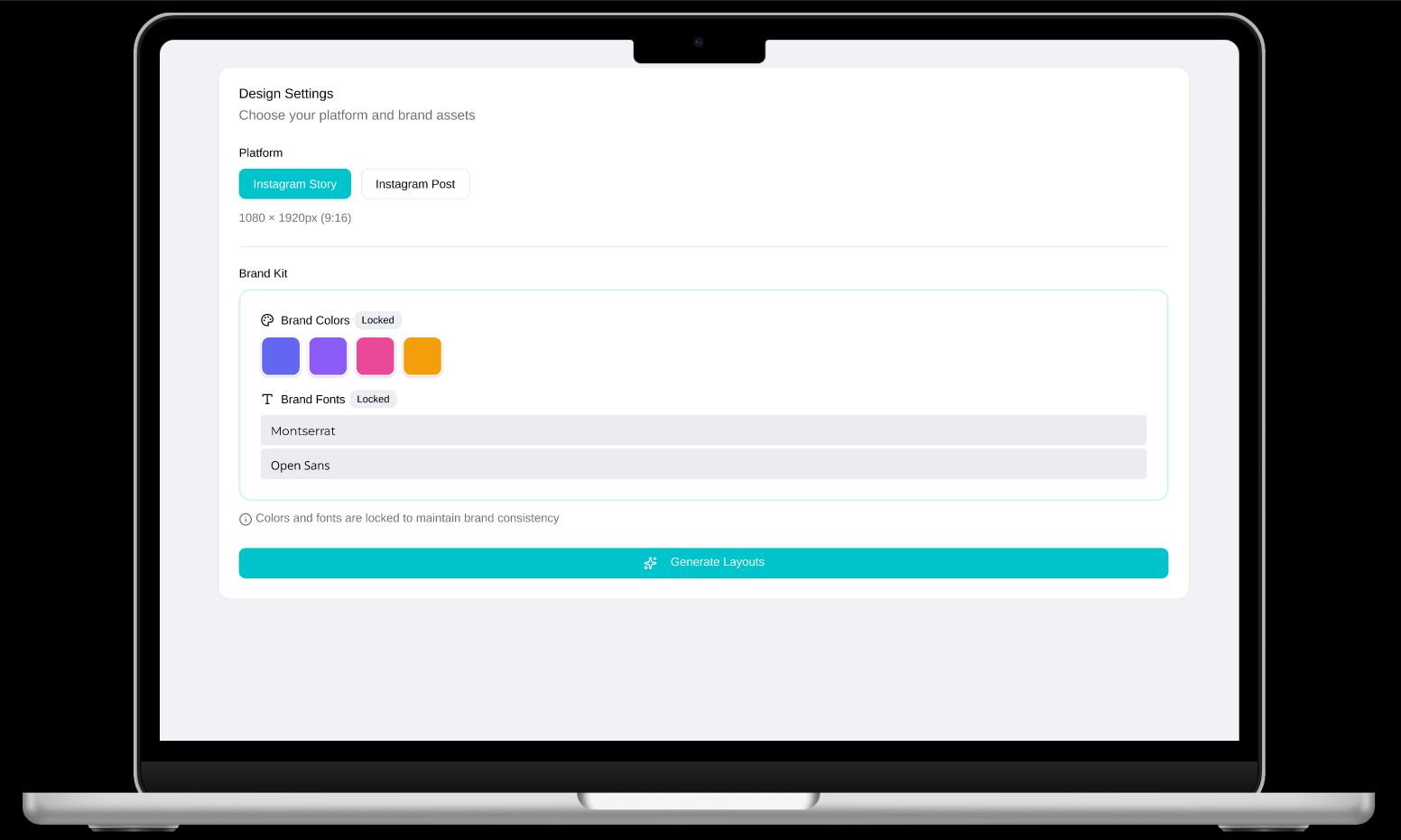
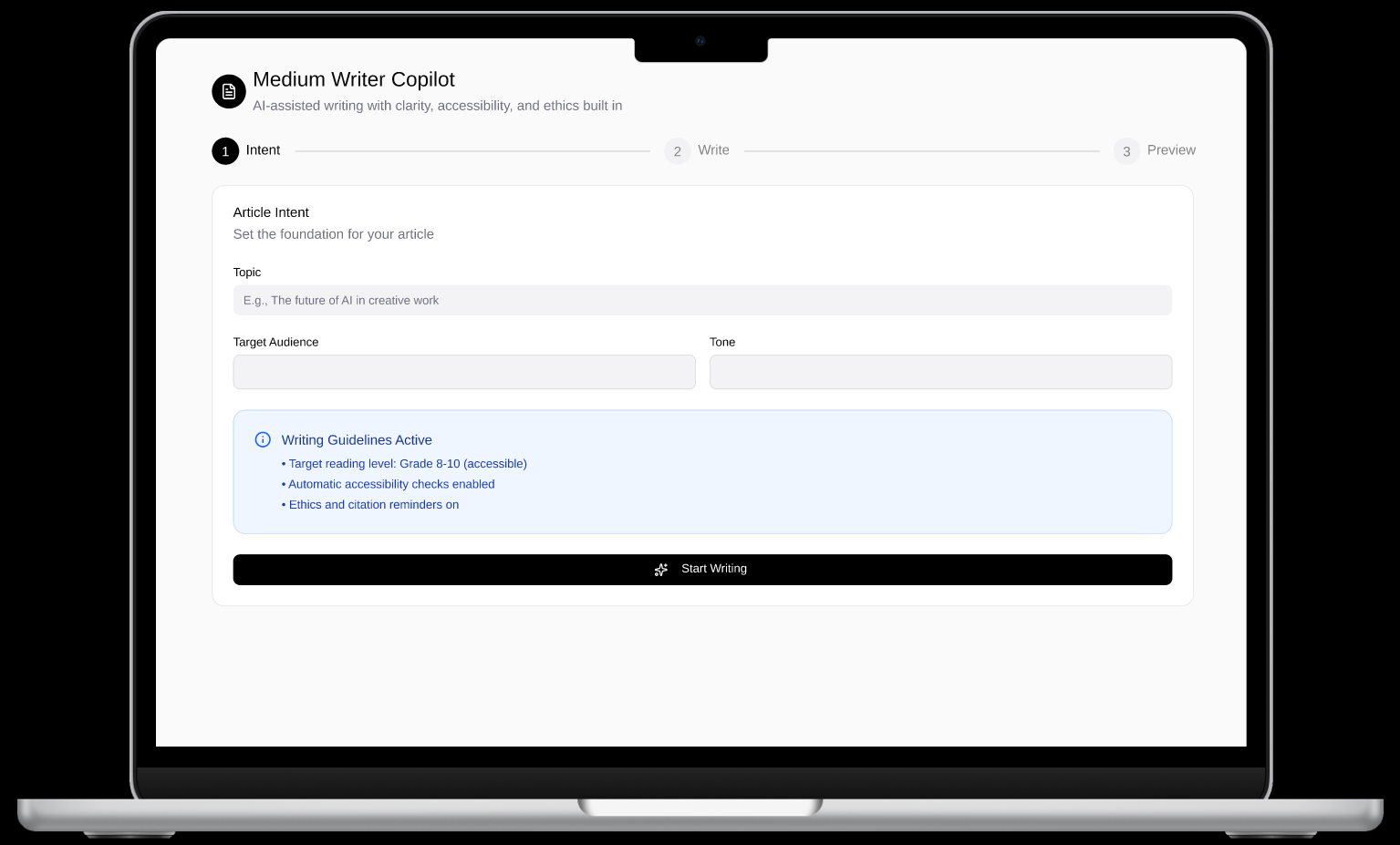

Usability Testing
Baseline vs AI-assisted (n=6). Measured time, steps, trust, accessibility coverage.
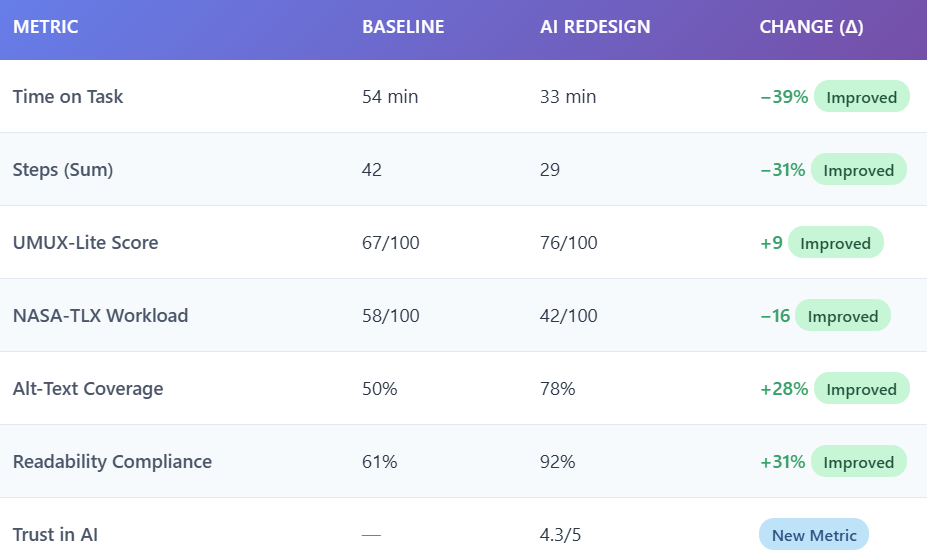
Iteration
Clarified “why” panels, tuned edit controls, improved SEO/alt-text nudges based on feedback.
Designing for Myself and Millions
As a solo creator, I run a small Etsy shop selling digital pixel-art assets, design my own visual branding in Canva, and write Medium articles to share my UX reflections. Each of these platforms requires me to repeat manual tasks—from pricing to layout tweaking to rewriting headlines—with no help across tools. This project was deeply personal: I wanted to see if AI could truly empower creators like myself, not just by speeding up work, but by making it more accessible, ethical, and enjoyable.
Working on this case study taught me that designing AI for creators isn’t just about automation—it’s about scaffolding creativity and providing emotional relief. I learned that transparency and explainability are essential for building trust, and that accessibility features (like alt-text and reading level checks) can make a real difference in everyday workflows.
I also realized the importance of ethical design: AI should support decision-making and respect the creator’s voice, not overwrite it. Through iterative testing and feedback, I saw firsthand how thoughtful design can transform the experience for solo creators, making their work not only faster but more meaningful.
Key Takeaways
- Empathy through experience: My own creator journey shaped the project’s priorities and solutions.
- Transparency matters: Explainable AI features increased user trust and confidence.
- Accessibility is essential: Automated checks improved usability and inclusivity.
- Ethics by design: Editable outputs and ethical nudges helped creators feel supported, not replaced.